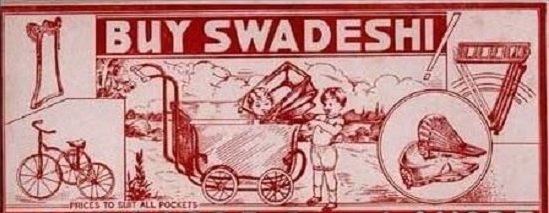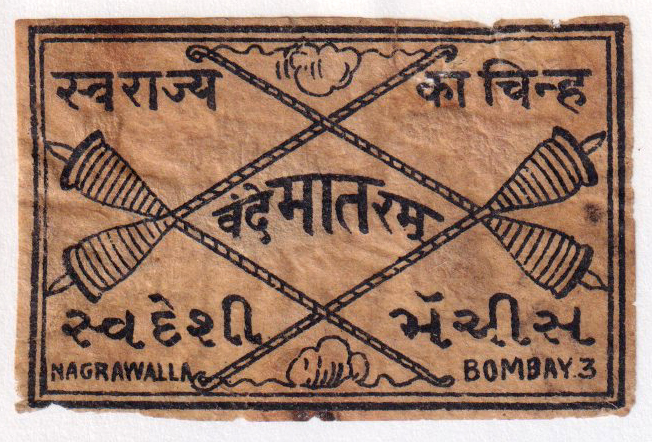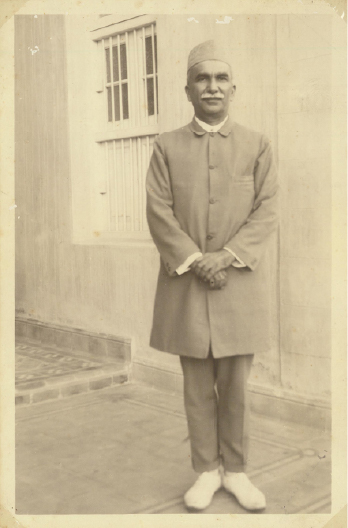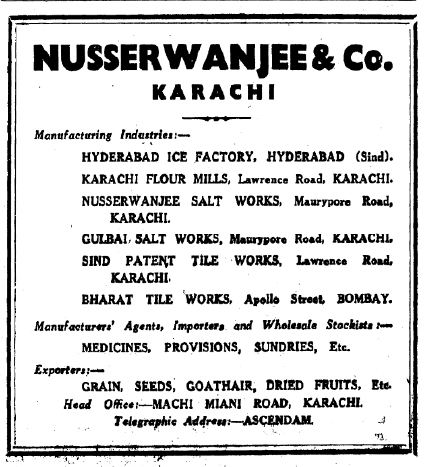100 Years
100 Stories

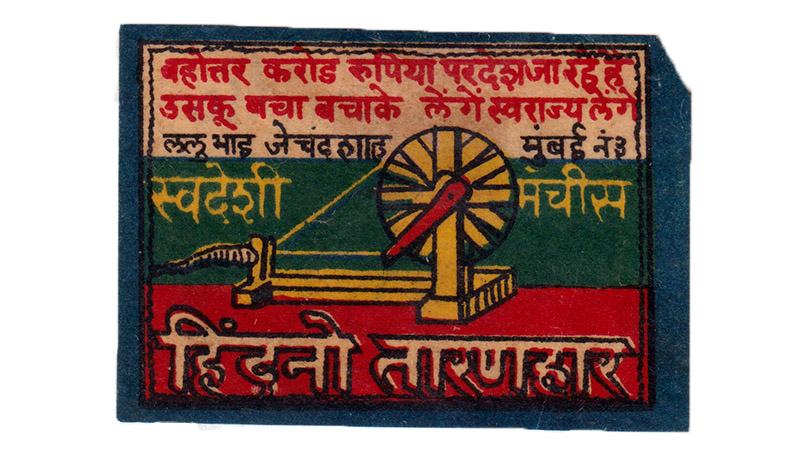
In the Aarey Milk Colony premises, BFT used 12X12 tiles in light blue color. The Dado work was said to have been different from the ones used in other places and added to the attractiveness of the factory. The tiles had a high wear resisting topping and were considered to be as durable as concrete work.
After Independence, the Indian government adopted a socialist model of development in which any proposals of FDI in the agricultural sector or even mentions of contract farming created a fear of British style foreign domination. However Dr. Varghese Kurien had a different version of the potential of the Indian diary industry. Traditionally, Indian farmers maintained their own cattle and used the milk and its products for their subsistence and any surplus would be sold within the village, for which the market was not large. Dr Kurien assessed that developed countries were dumping their milk in Indian cities at a very low cost which would ultimately place domestic milk producers at a disadvantage. He correctly identified that the gap lay between the village and cities, the latter of which he foresaw would have large demands of milk. In a hot climate of India, it was difficult to supply milk in large quantities to cities due to lack of refrigeration and transportation services. The idea was to develop a logistical chain to supply nourishing and hygienic milk, all year round to cities at an affordable price. However, Dr Kurien was not one for blindly aping western models for dairy farming. “Dr. Kurien was of the view that modern technology needs to be reviewed constantly for ideas that favour the Indian situation. The project, Operation Flood did not tamper with the production process of milk. Small producers fed and took care of their milch animals in ways which suits them best. There was no evidence of intensive feeding of concentrates in the milk sheds.”
The cooperative formed by Dr Kurien gave farmers control over their resources and he defended them shrewdly against any corporates and bureaucrats. The National Dairy Development Board was started without any help from the government. It was formed by farmers, who contributed both land and labour in its initial phases. The experiment not only introduced to India new technology in milk processing, storing and transportation, aided by many international agencies like Oxfam and UNICEF, but also created self sufficiency and a sense of pride in Indian dairy farmers. The Institute of Rural Management was set up in 1979 to train the youth in Anand in the practices established by Amul. It was a true successor to the Swadeshi legacy. Amul would later diversify into producing milk products like ghee, butter, cheese, milk powder, and bread spreads. The Amul story remains one of India’s biggest and most well known success stories. “The project gave India its largest food brand (Amul) without upsetting any agricultural balance. The project also improved the quality of life and health of millions of citizens of the poorest segment of India’s population and transformed them into productive members of the society.”
Like the development in Anand, Aarey was also a result of the Greater Bombay Milk Scheme. The development of a milk colony that included dairy, space to stock cattle and a plant to pasteurise and process milk was headed by Dara Khurody, the milk commissioner of Bombay and the colony was inaugurated by Jawaharlal Nehru in 1951. Apart from facilities related to the production of milk, schools, housing and stables were also established at Aarey, which helped Khurody convince many milk producers living locally to make the move to Aarey, thus centralising supply for the plant. The colony also houses a hostel for non-local students, a Dairy Science Institute, a veterinary college, a poultry farm and bakery.
TOI_1951 Feb 28_pg 12_Aarey Milk Board
Kushal De, Revisiting the Amul Model of Social Development, ISSN: 2455-3085 (Online) Research Review International Journal of Multidisciplinary, Volume-04, Issue-05, May 2019, p. 849
Kushal De, Revisiting the Amul Model of Social Development, ISSN: 2455-3085 (Online) Research Review International Journal of Multidisciplinary, Volume-04, Issue-05, May 2019, p. 850
You may also like
-
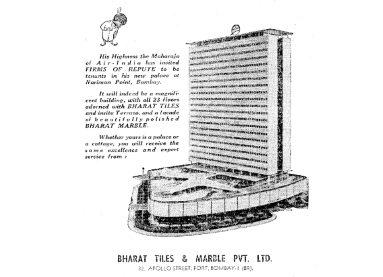 38Air India Building: Pioneer in SkyscrapersBharat laid tiles and in situ terrazzo in 23 floors of the Air India Building, one of Bombay’s oldest skyscrapers and India’s first building with an escalator. Learn how Bharat became the first choice of architects for tiling this symbolic building and how it has maintained its presence in Bombay's evolving architecture landscape.Read More
38Air India Building: Pioneer in SkyscrapersBharat laid tiles and in situ terrazzo in 23 floors of the Air India Building, one of Bombay’s oldest skyscrapers and India’s first building with an escalator. Learn how Bharat became the first choice of architects for tiling this symbolic building and how it has maintained its presence in Bombay's evolving architecture landscape.Read More -
 39My Home: L. H Hiranandani's Kanta BuildingDr. L.H Hiranandani’s family home, Kanta, had to have only the best tiles in town and it was obvious what would be the first choice.Read More
39My Home: L. H Hiranandani's Kanta BuildingDr. L.H Hiranandani’s family home, Kanta, had to have only the best tiles in town and it was obvious what would be the first choice.Read More -
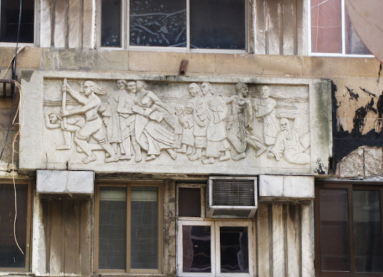 40Did you know? Sculptural Art was also our thingDelve into this fascinating trivia on Bharat's sculptural art in Maladcrete stone on the facade of the People's Insurance Building (now known as the Onlookers Building) featured in a Times of India article dated May 3rd, 1941Read More
40Did you know? Sculptural Art was also our thingDelve into this fascinating trivia on Bharat's sculptural art in Maladcrete stone on the facade of the People's Insurance Building (now known as the Onlookers Building) featured in a Times of India article dated May 3rd, 1941Read More

